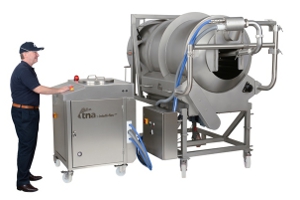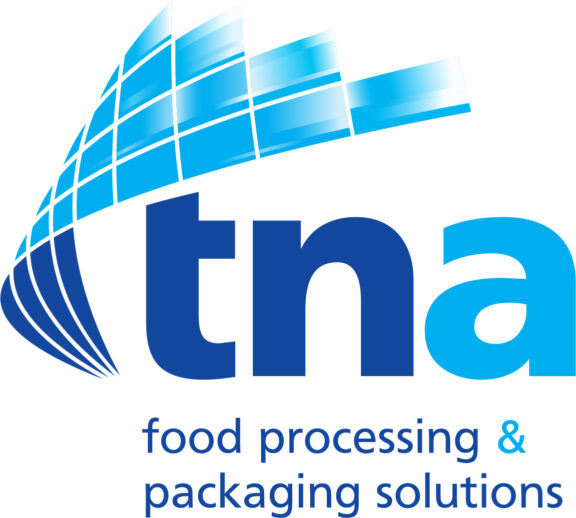FDA: Reduce levels of acrylamide in foods
support | 2 mins read
July 26, 2016
 Echoing long-held concerns worldwide over the dangers of acrylamide in foods, in March the US Food and Drug Administration (FDA) released its final recommendations for the food industry: if feasible, it is time to consider ways to reduce acrylamide in your products.
Echoing long-held concerns worldwide over the dangers of acrylamide in foods, in March the US Food and Drug Administration (FDA) released its final recommendations for the food industry: if feasible, it is time to consider ways to reduce acrylamide in your products.
Acrylamide is a chemical compound that can form in food products during high-temperature cooking, such as frying, baking and roasting. Initially discovered in 2002, acrylamide has since been shown to be a human carcinogen.
The FDA’s judgement on acrylamide arrived as many companies in the food production industry were already implementing changes to minimise acrylamide – some, for a decade or more. In 2014, a special panel within the European Food Safety Authority (EFSA) said acrylamide caused an increased risk of cancer, prompting many companies to begin altering their processes accordingly. As a result, acrylamide levels have been successfully decreased in a number of foods.
Since acrylamide forms during high-temperature cooking, it is particularly troublesome for the baking and potato products industries. The FDA recommended that companies in these markets examine not only their raw materials, but also their processing practices and ingredients used in producing potato-based foods, cereal-based foods and coffee.
To Innovative new processing technologies can greatly help to minimise acrylamide through techniques such as multi-stage or vacuum frying, blanching and hot washing, and more. Read our new whitepaper Healthier Frying with Innovative Solutions to learn more.


























